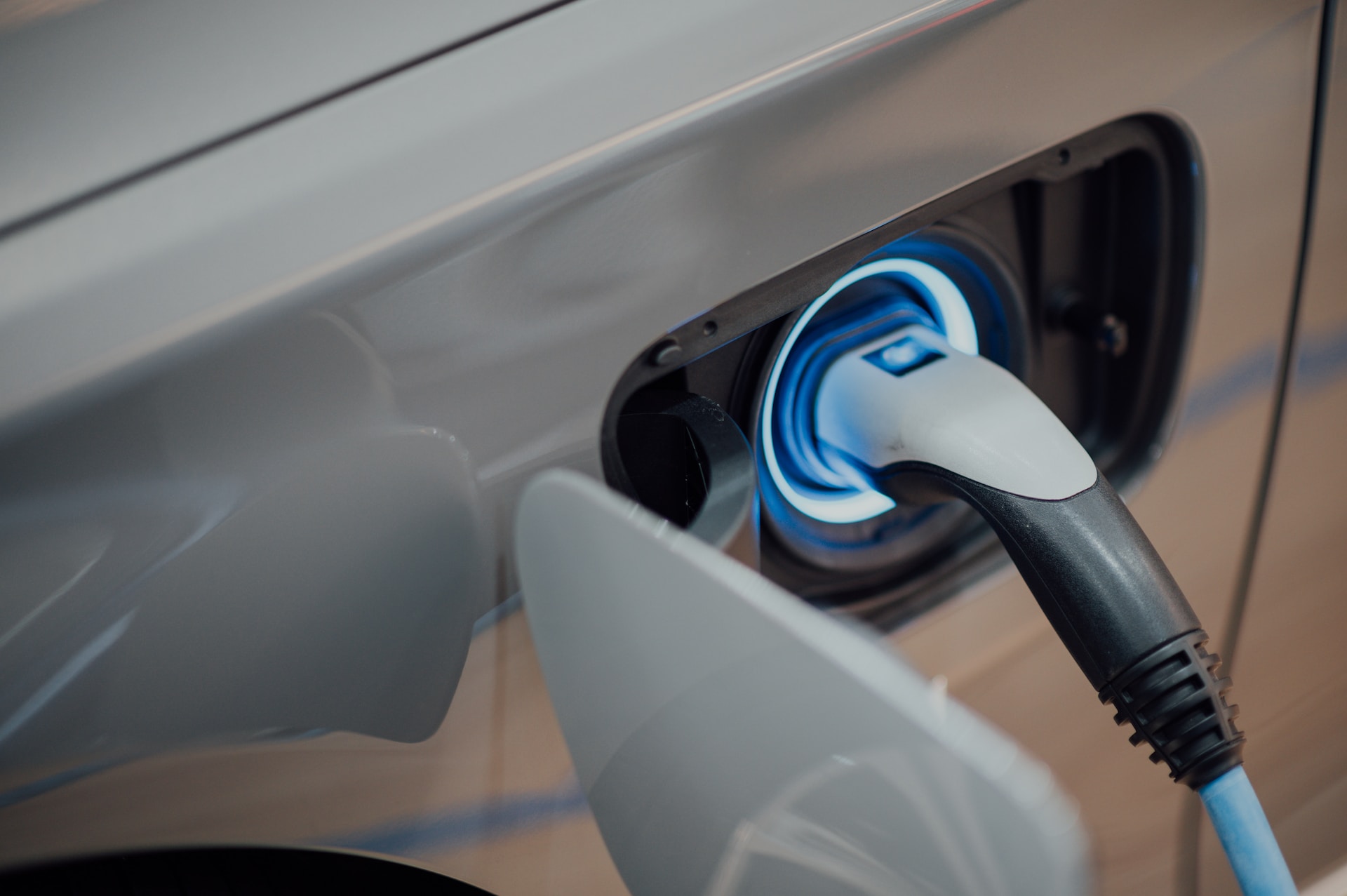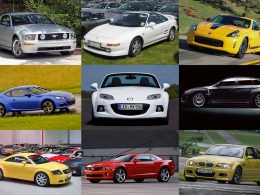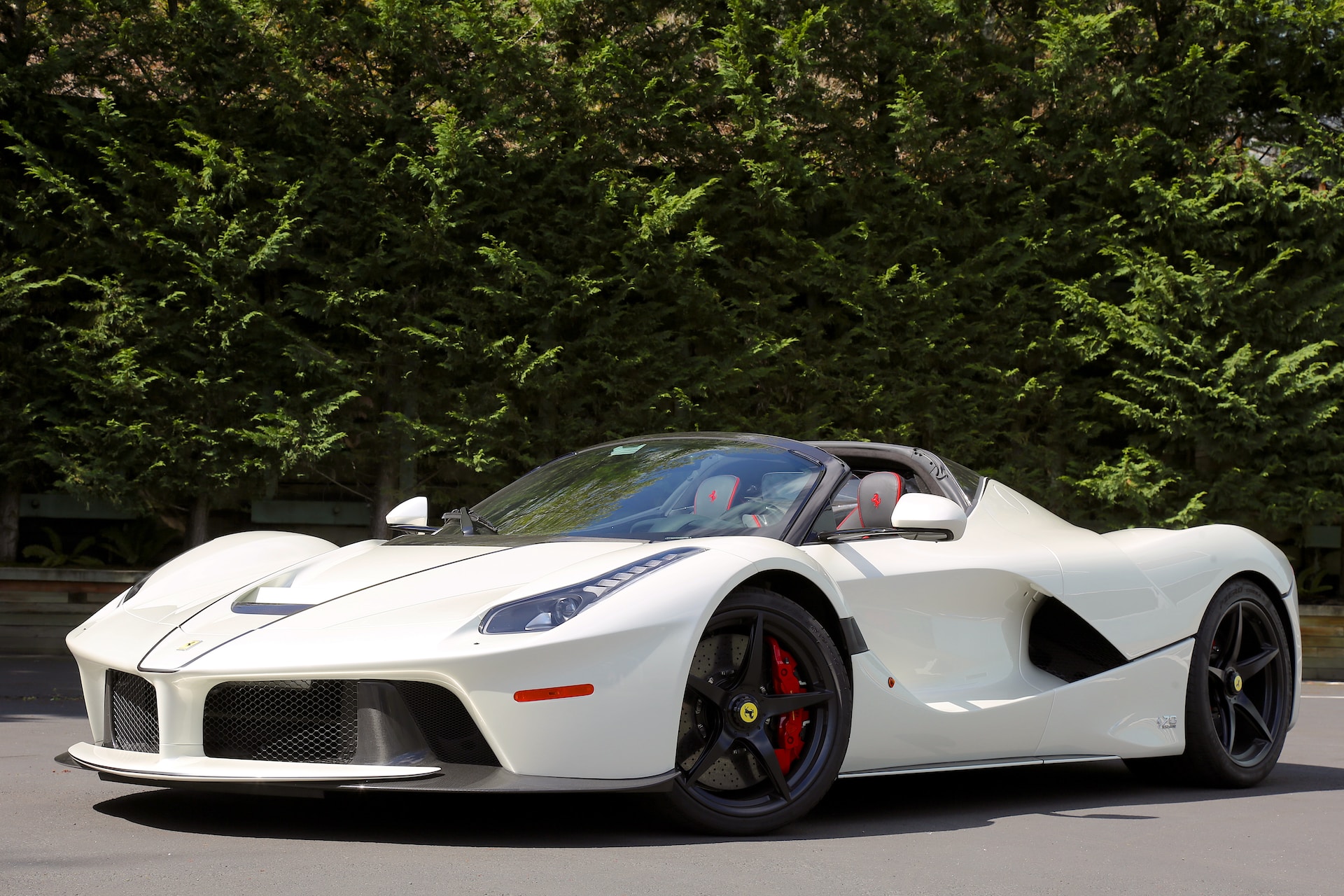Introduction
The European Union (EU) has witnessed an astonishing surge in electric vehicle (EV) sales, marking a momentous milestone in the shift towards sustainable transportation. Driven by a combination of factors, including government subsidies and an increasing focus on environmental sustainability, this remarkable growth in EV sales has propelled the EU into a greener and more eco-conscious era. In this article, we will delve into the key drivers behind the EU’s staggering 71% increase in electric vehicle sales and explore the implications for both the automotive industry and the environment.
The Power of Subsidies
One of the primary catalysts fueling the surge in EV sales across the EU is the implementation of robust government subsidies. Recognizing the need to incentivize consumers to embrace electric vehicles, numerous EU member states have introduced financial incentives that make EVs more accessible and affordable. These subsidies encompass purchase grants, tax incentives, and reduced charging costs, effectively lowering the financial barrier for potential buyers. As a result, an increasing number of consumers are opting for electric vehicles, resulting in a significant boost in EV sales throughout the EU.
Environmental Sustainability and Awareness
Beyond the realm of financial incentives, the mounting awareness of environmental concerns and the urgent need to address climate change have played a pivotal role in driving the adoption of electric vehicles. The EU has been at the forefront of efforts to reduce carbon emissions and meet ambitious climate targets. Electric vehicles, with their zero tailpipe emissions, present a cleaner and more sustainable alternative to conventional internal combustion engine vehicles. As awareness of the environmental impact of fossil fuel-powered vehicles grows, individuals and businesses are increasingly embracing EVs as a crucial component of a sustainable transportation ecosystem.
Expanding Charging Infrastructure
Another factor contributing to the surge in EV sales is the expansion of charging infrastructure throughout the EU. As the availability of charging stations increases, concerns about range anxiety among potential EV buyers diminish. The EU has been actively investing in the development of a robust charging network, encompassing public charging stations, workplace charging facilities, and home charging solutions. The improved accessibility and convenience of charging infrastructure have bolstered consumer confidence in choosing electric vehicles, thereby fostering sales growth.
Technological Advancements and Model Diversity
The rapid advancement of EV technology, coupled with the widening range of electric vehicle models, has also played a significant role in driving the increased adoption of EVs within the EU. Prominent automotive manufacturers have been actively investing in electric vehicle research and development, introducing new models with enhanced range, performance, and charging capabilities. The expanded availability of EV models across various segments, including sedans, SUVs, and hatchbacks, has provided consumers with a broader range of choices, catering to diverse preferences and needs.
Economic Benefits and Job Creation
The surge in EV sales within the EU has not only contributed to a greener environment but has also resulted in notable economic benefits. The increased demand for electric vehicles has created job opportunities within the automotive industry, particularly in manufacturing, research and development, and the charging infrastructure sector. This growth in employment underlines the positive impact of the electric vehicle market on the overall economy, fostering innovation and driving economic sustainability.
Looking Ahead: Opportunities and Challenges
While the EU’s exceptional 71% increase in EV sales is undoubtedly commendable, several challenges persist on the path towards widespread electric vehicle adoption. These challenges include the need for further expansion and standardization of charging infrastructure, ensuring a seamless charging experience across different regions and countries. Additionally, continued investment in research and development is crucial to enhancing battery technology, reducing costs, and improving charging speeds, thereby addressing concerns related to range anxiety and charging time.
Furthermore, ongoing collaboration between governments, automotive manufacturers, and other stakeholders is essential to harmonize regulations, establish common standards, and facilitate the growth of the electric vehicle market. By aligning efforts and sharing best practices, the EU can foster an environment that nurtures innovation, enhances consumer confidence, and accelerates the transition to electric mobility.
Conclusion
The remarkable 71% increase in electric vehicle sales within the EU is a testament to the power of government subsidies, growing environmental consciousness, expanding charging infrastructure, and technological advancements. This surge represents a significant step towards a sustainable and carbon-neutral transportation system. As the EU continues to prioritize the transition to electric vehicles, the automotive industry, governments, and consumers must collaborate to address challenges and seize the opportunities that lie ahead. By accelerating the adoption of electric vehicles, the EU can pave the way for a greener future, reducing carbon emissions and creating a cleaner environment for generations to come.











